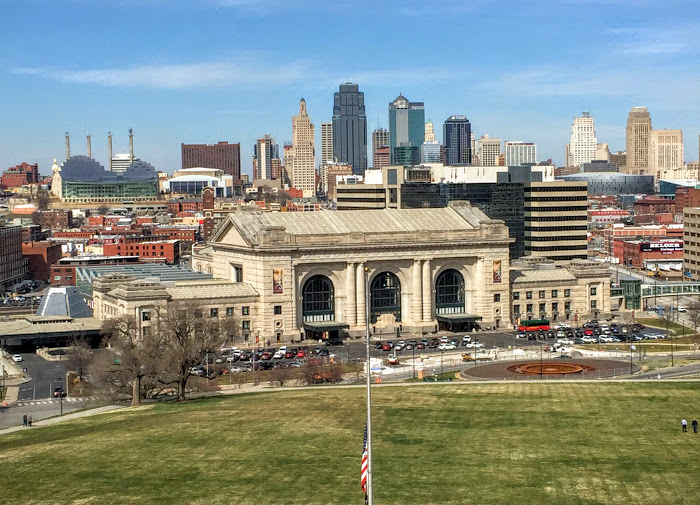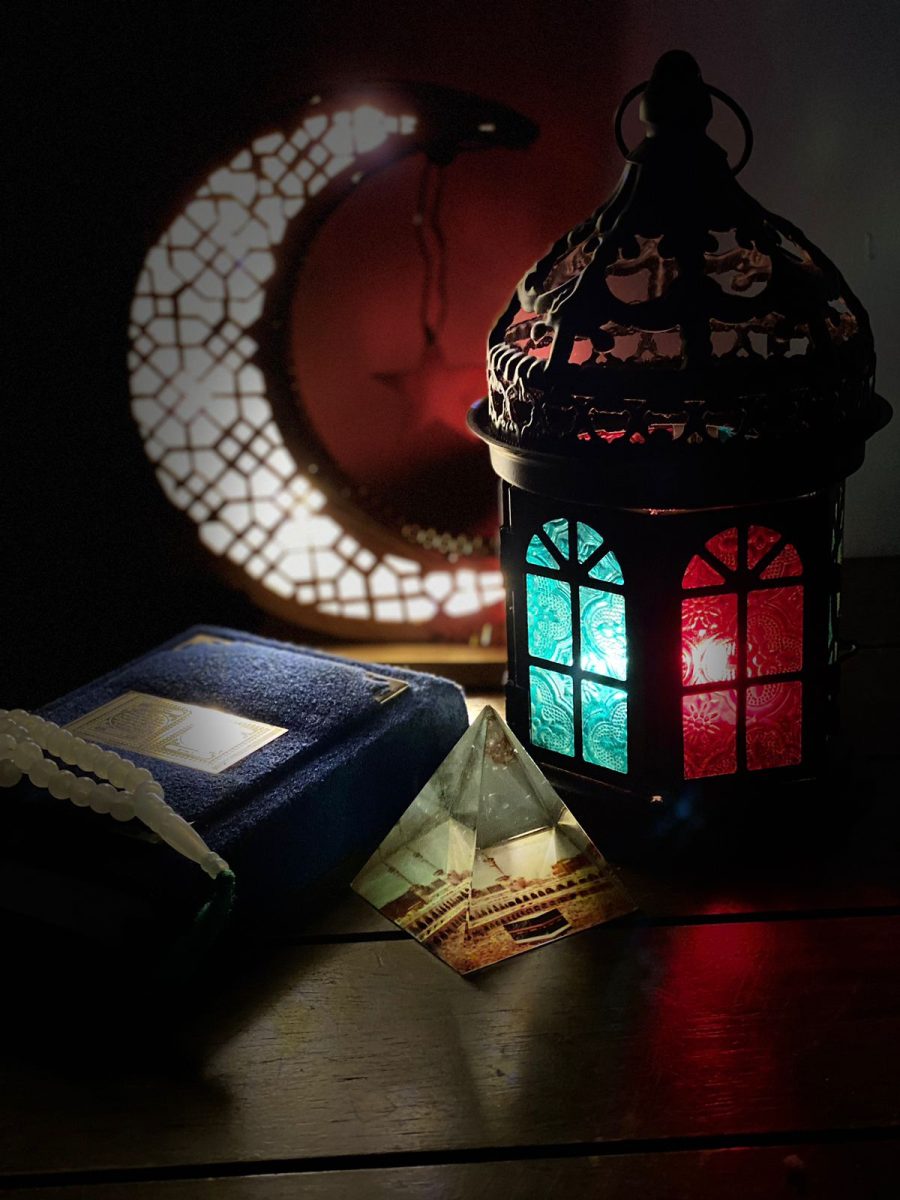For the better part of a century, two sides have been fighting for land in the Middle East: Palestine and Israel. Recently, the violence between the two escalated for eight days, with airstrikes yielding destruction on both sides.
The conflict began in the 1920s when hundreds of thousands of Jews moved to Palestinian land. Tensions grew between the arriving Jews and the native Arab people. In 1948, the U.N. formally recognized Israel as a state. After this establishment, the Arab League (Egypt, Lebanon, Syria, Jordan and Iraq) joined in Palestine’s opposition of Israel.
“The U.N. Partition Plan of 1947 recognized both Israel and a Palestinian state,” said senior Tali Raphael. “However, no Palestinian state was created after the war, as the Arab states took the land. Egypt took Gaza (and) Jordan took the West Bank.”
Palestine
Israeli forces built a 25-foot wall around the West Bank and surrounded major cities with a police force to limit any uprisings against Israeli rule. In some places, the wall crosses Palestinian land, including Jerusalem — a holy city for both the Jewish and Islamic faiths. Locals on either side know this barrier by different names.
“The ‘security fence’ to Israeli Jews is an ‘apartheid (or) annexation wall’ to Palestinians,” said Director of Friends Center and Campus Ministry Coordinator Max Carter.
Palestinian refugees call their state an “apartheid state,” as they are segregated from the rest of the community and surrounded by a militant force. Israeli forces control their water supplies, roads and markets. This oppression created another anti-Israel force known as Hamas, which currently governs the Gaza Strip.
The most violence occurs on the Gaza Strip, currently under blockade by Israeli troops who allow limited supplies and relief into the Palestinian territory. Because Gaza citizens oppose the regulations issued by Israel, Hamas has launched thousands of rockets across the border since 2006.
Israel
Israelis believe they have only exercised self-defense as Palestine and various Arab nations have attacked them throughout the years. Israeli forces claim to occupy Palestinian zones to foster peace, not cultivate war.
Were Israel to provide for the 1.5 million refugees in the Gaza Strip, they would risk becoming a minority within their own state and watching their democracy crumble.
The blockade still allows relief efforts into the territory, but prevents Arab nations from smuggling weapons for terrorist cells in the area. Israel has successfully stopped much of the illegal arms trade into Palestine, though they continue to struggle with this issue. Israel’s primary concerns include defending their homes, nation and culture from invaders and uprisings.
Most Recent Conflict
In November, both sides fired rockets for eight days.
More than 90 rockets were cast from Israel and rained on the Gaza Strip, killing Hamas leader, Ahmed al-Jaabari.
In retaliation, Gaza specifically targeted Tel Aviv and Jerusalem for the first time.
“The attack on Jerusalem was especially audacious, both for its symbolism and its distance from Gaza,” reported Aron Heller for the Huffington Post. “Jerusalem had previously been considered beyond the range of Gaza rockets and an unlikely target because it is home to the Al-Aqsa Mosque compound, Islam’s third-holiest shrine.”
Because of these high profile targets, Israeli forces responded with extreme air-strikes on sections of Gaza.
“A large part of the mid-range rockets were destroyed,” President Barack Obama told Reuters. “Hamas managed to hit Israel’s built-up areas with around a metric ton of explosives, and Gaza targets got around 1,000 metric tons.”
Efforts Toward Peace
The eight-day air-striking dissolved when a multi-party ceasefire was enacted. In addition to this, the U.N. has recognized Palestine as a non-member observer state after more than 60 years of effort by the West Bank. Palestine’s new status offers more rights and acknowledges the unrest in the borderlands. Many in the Arab world view the U.N.’s decision as a victory for Palestine, but others see it as a temporary solution to an enduring problem.
“The resolution enshrines the 2002 Arab peace initiative, which speaks of a ‘just and agreed upon’ solution for the Palestinian refugees,” Director of Al-Shabaka Nadia Hijab told Al-jazeera. “This effectively reaffirms Israel’s control of any solution.”
Palestine’s new status also works to move the region toward a “two-state” solution, a concept proposed to end the ongoing conflict.
The conflict between Palestine and Israel is complex and ever-evolving. There are a multitude of perspectives in the region, all contributing equally to both the existing violence and peace in the Middle East. Moving forward, compromise and understanding will be critical factors in resolution of grievances. At this time, much of the region is in a state of unrest and looks to quell the violence and destruction that has been present for nearly 90 years.






